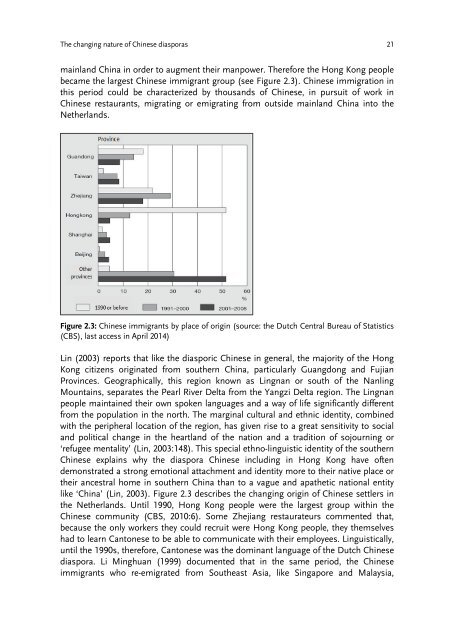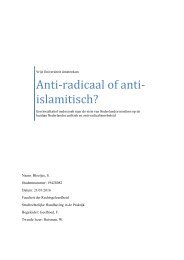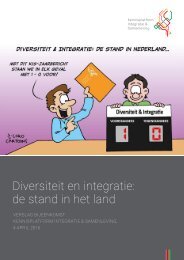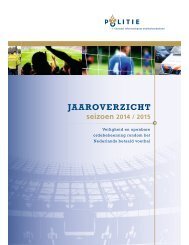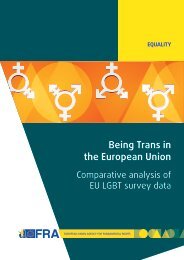Tilburg University Chineseness as a Moving Target Li Jinling
Li_Chineseness_12_09_2016
Li_Chineseness_12_09_2016
Create successful ePaper yourself
Turn your PDF publications into a flip-book with our unique Google optimized e-Paper software.
The changing nature of Chinese di<strong>as</strong>por<strong>as</strong> 21<br />
mainland China in order to augment their manpower. Therefore the Hong Kong people<br />
became the largest Chinese immigrant group (see Figure 2.3). Chinese immigration in<br />
this period could be characterized by thousands of Chinese, in pursuit of work in<br />
Chinese restaurants, migrating or emigrating from outside mainland China into the<br />
Netherlands.<br />
Figure 2.3: Chinese immigrants by place of origin (source: the Dutch Central Bureau of Statistics<br />
(CBS), l<strong>as</strong>t access in April 2014)<br />
<strong>Li</strong>n (2003) reports that like the di<strong>as</strong>poric Chinese in general, the majority of the Hong<br />
Kong citizens originated from southern China, particularly Guangdong and Fujian<br />
Provinces. Geographically, this region known <strong>as</strong> <strong>Li</strong>ngnan or south of the Nanling<br />
Mountains, separates the Pearl River Delta from the Yangzi Delta region. The <strong>Li</strong>ngnan<br />
people maintained their own spoken languages and a way of life significantly different<br />
from the population in the north. The marginal cultural and ethnic identity, combined<br />
with the peripheral location of the region, h<strong>as</strong> given rise to a great sensitivity to social<br />
and political change in the heartland of the nation and a tradition of sojourning or<br />
‘refugee mentality’ (<strong>Li</strong>n, 2003:148). This special ethno-linguistic identity of the southern<br />
Chinese explains why the di<strong>as</strong>pora Chinese including in Hong Kong have often<br />
demonstrated a strong emotional attachment and identity more to their native place or<br />
their ancestral home in southern China than to a vague and apathetic national entity<br />
like ‘China’ (<strong>Li</strong>n, 2003). Figure 2.3 describes the changing origin of Chinese settlers in<br />
the Netherlands. Until 1990, Hong Kong people were the largest group within the<br />
Chinese community (CBS, 2010:6). Some Zhejiang restaurateurs commented that,<br />
because the only workers they could recruit were Hong Kong people, they themselves<br />
had to learn Cantonese to be able to communicate with their employees. <strong>Li</strong>nguistically,<br />
until the 1990s, therefore, Cantonese w<strong>as</strong> the dominant language of the Dutch Chinese<br />
di<strong>as</strong>pora. <strong>Li</strong> Minghuan (1999) documented that in the same period, the Chinese<br />
immigrants who re-emigrated from Southe<strong>as</strong>t Asia, like Singapore and Malaysia,


